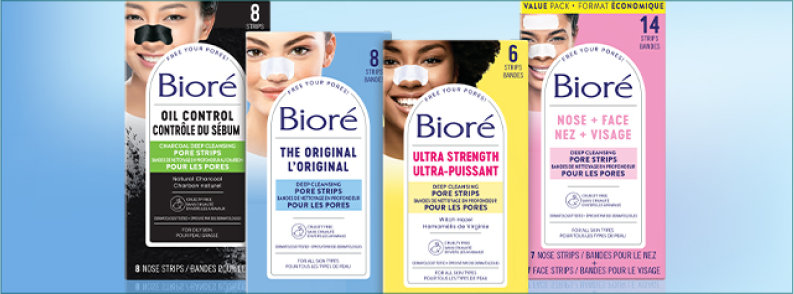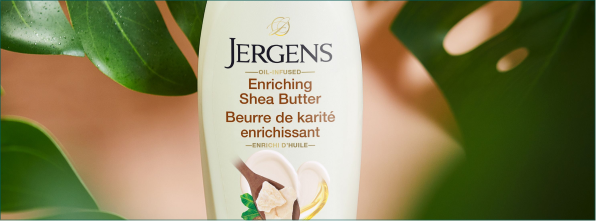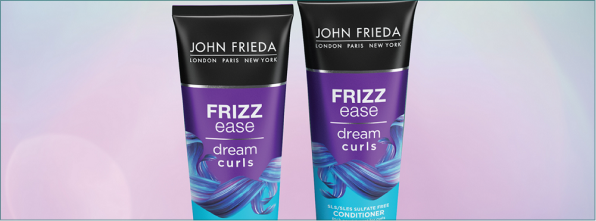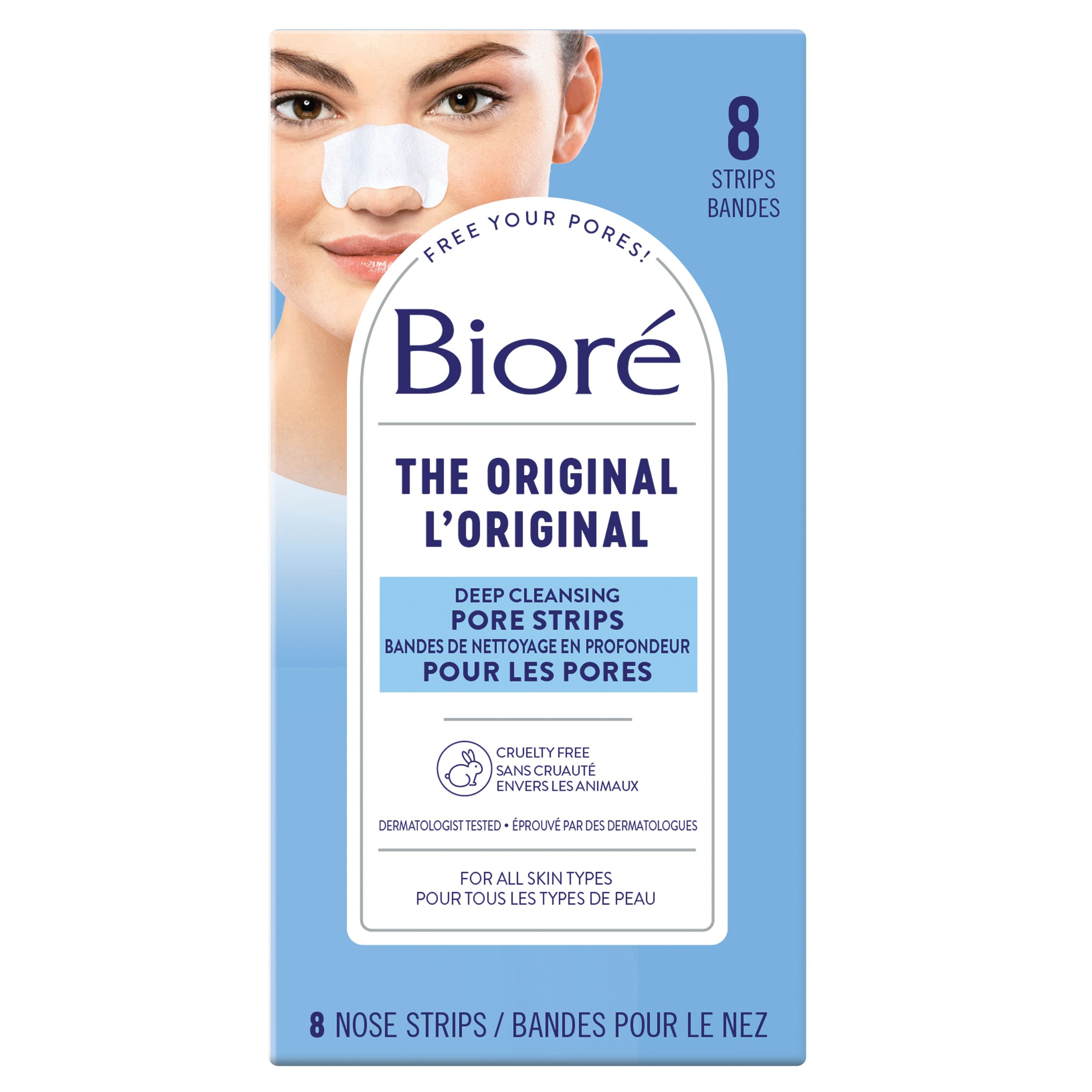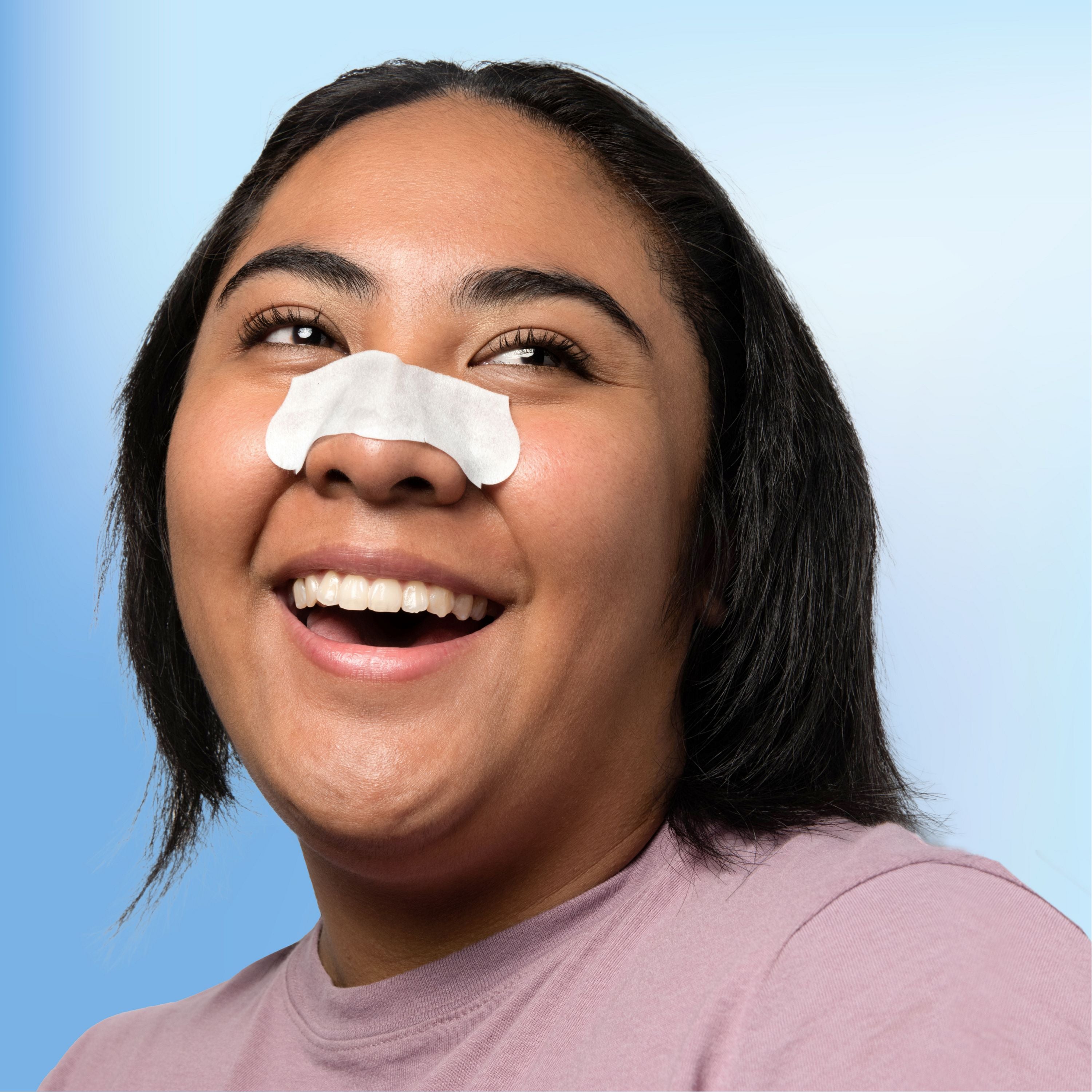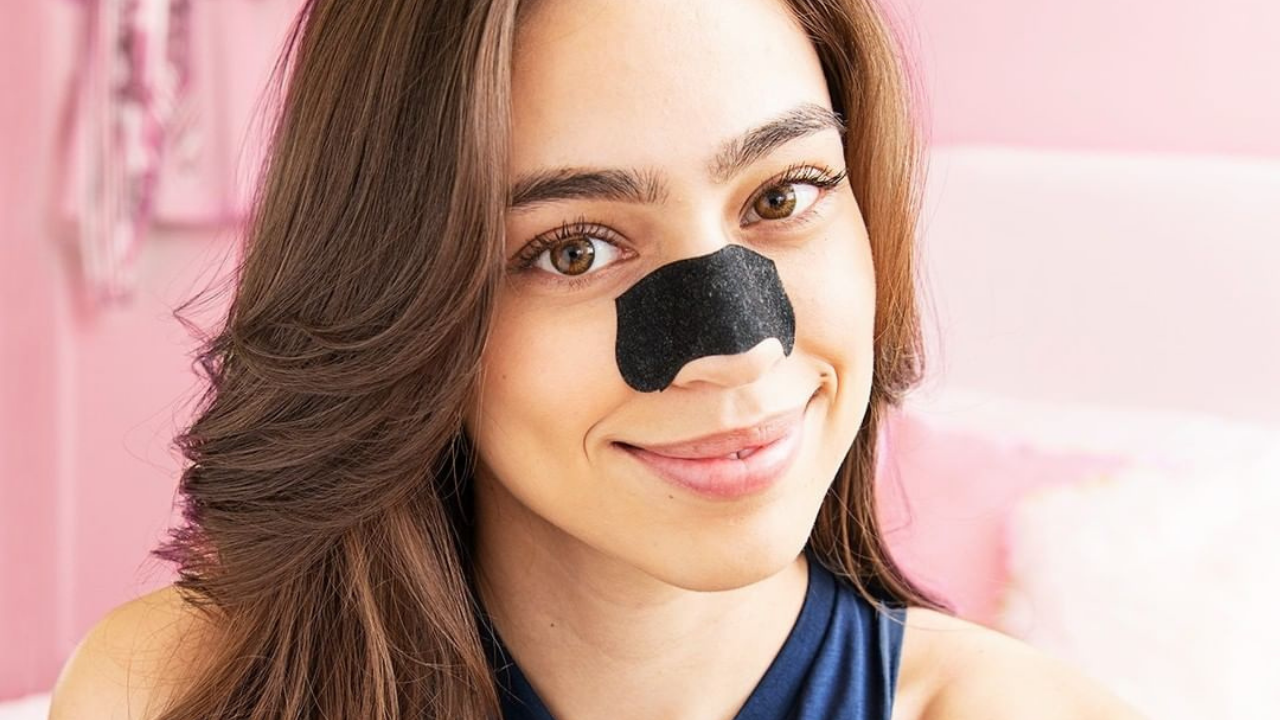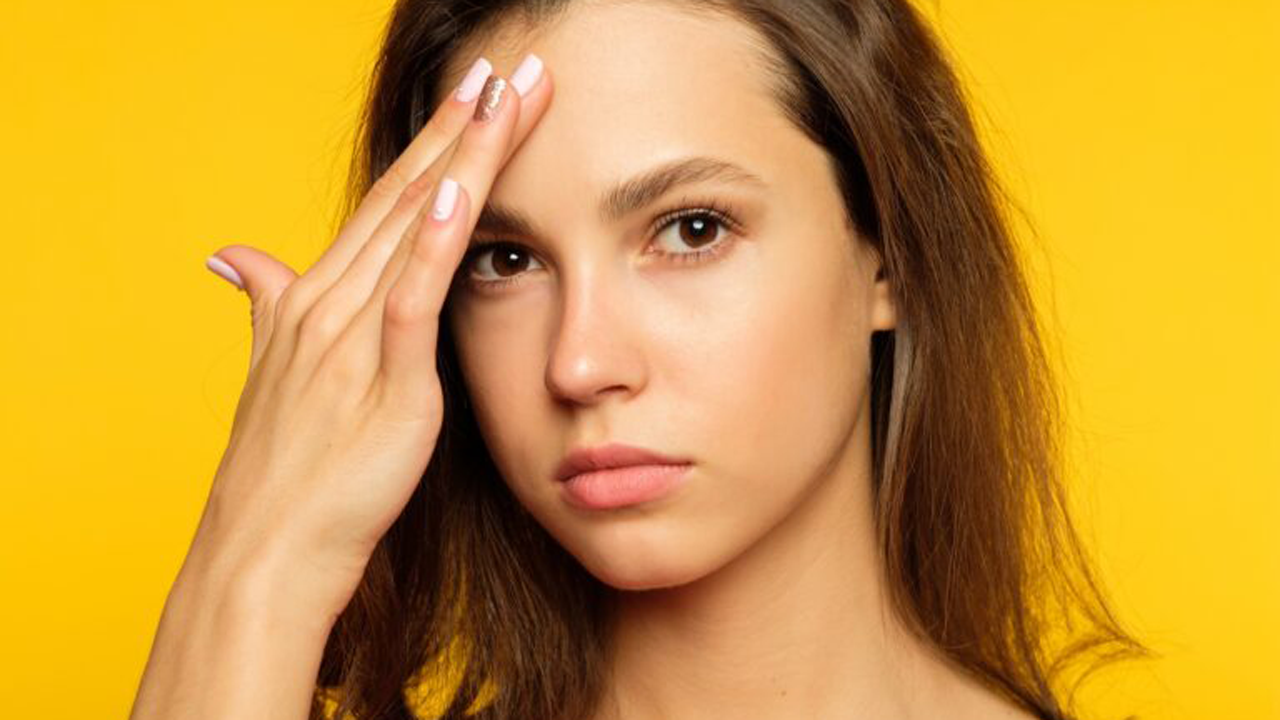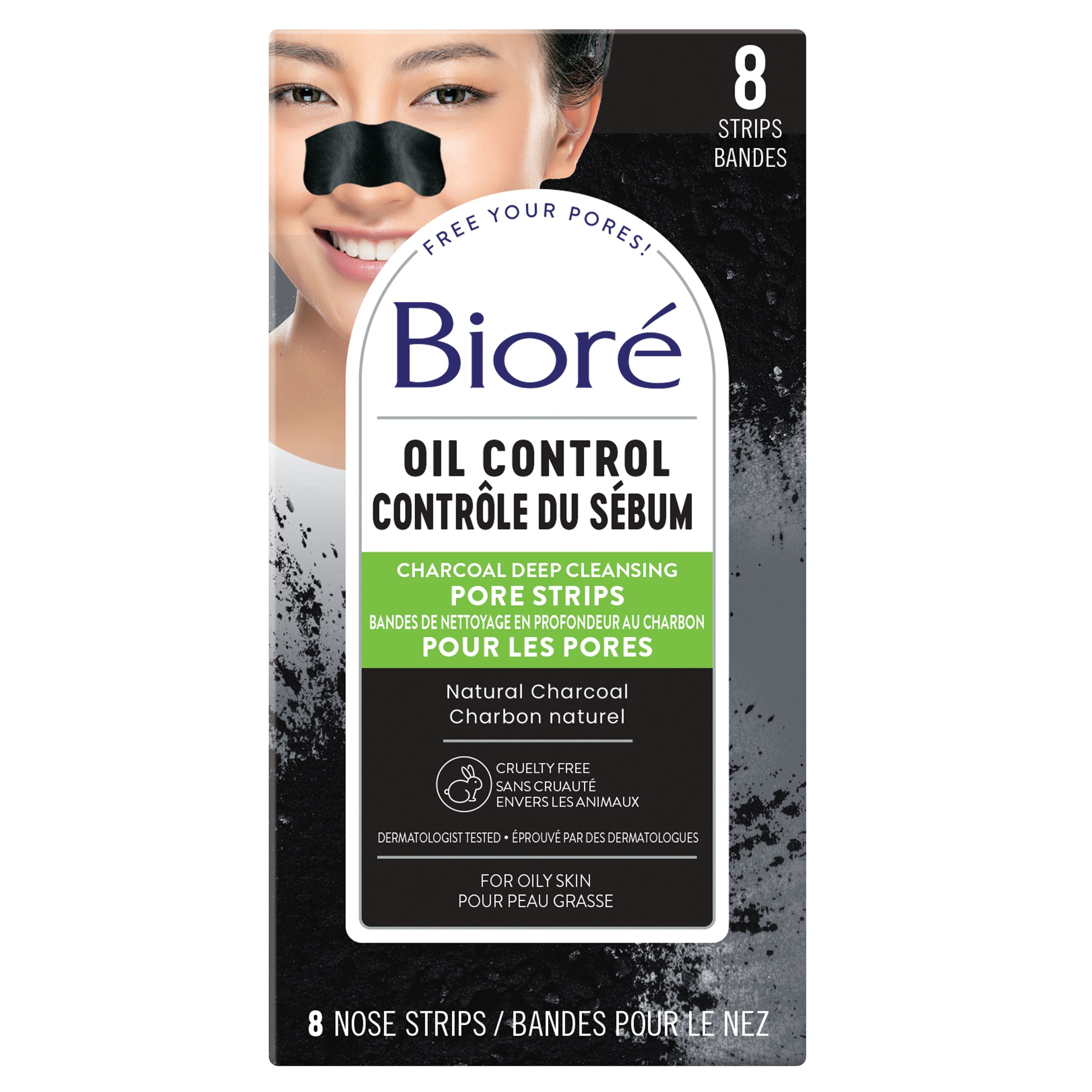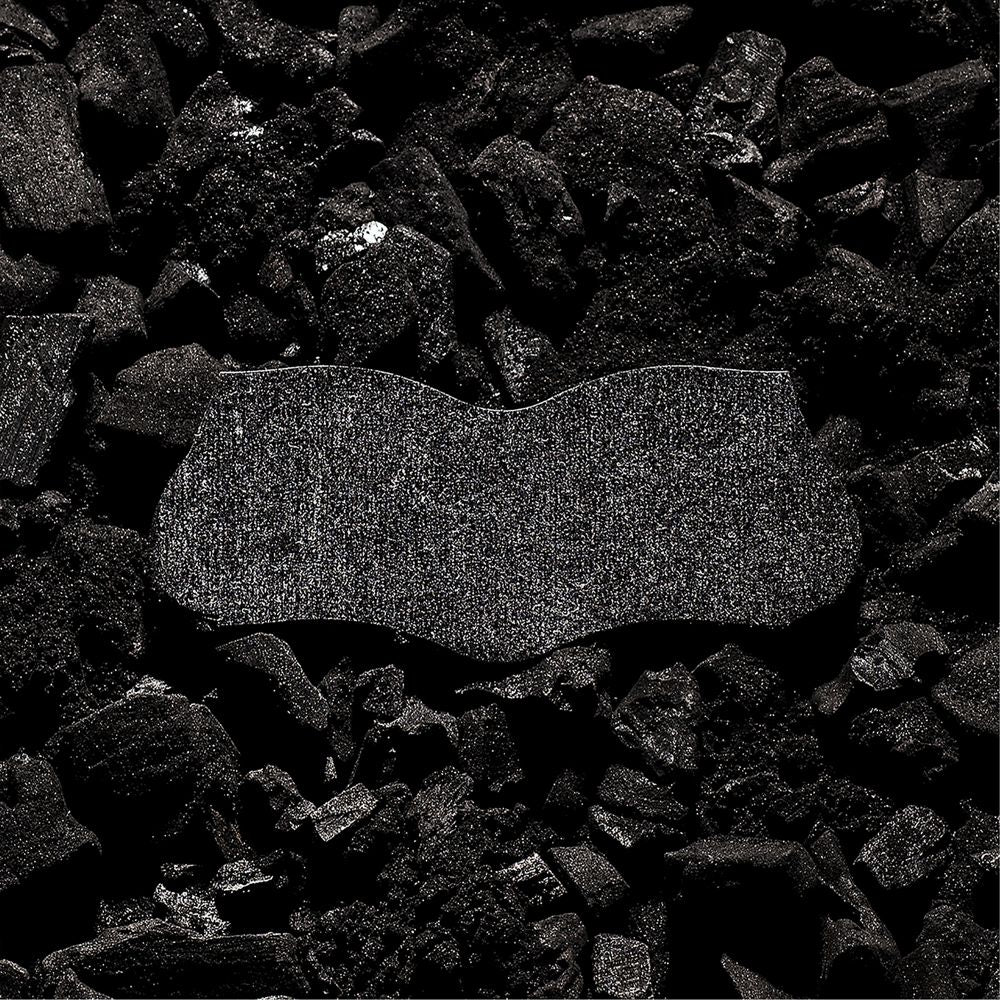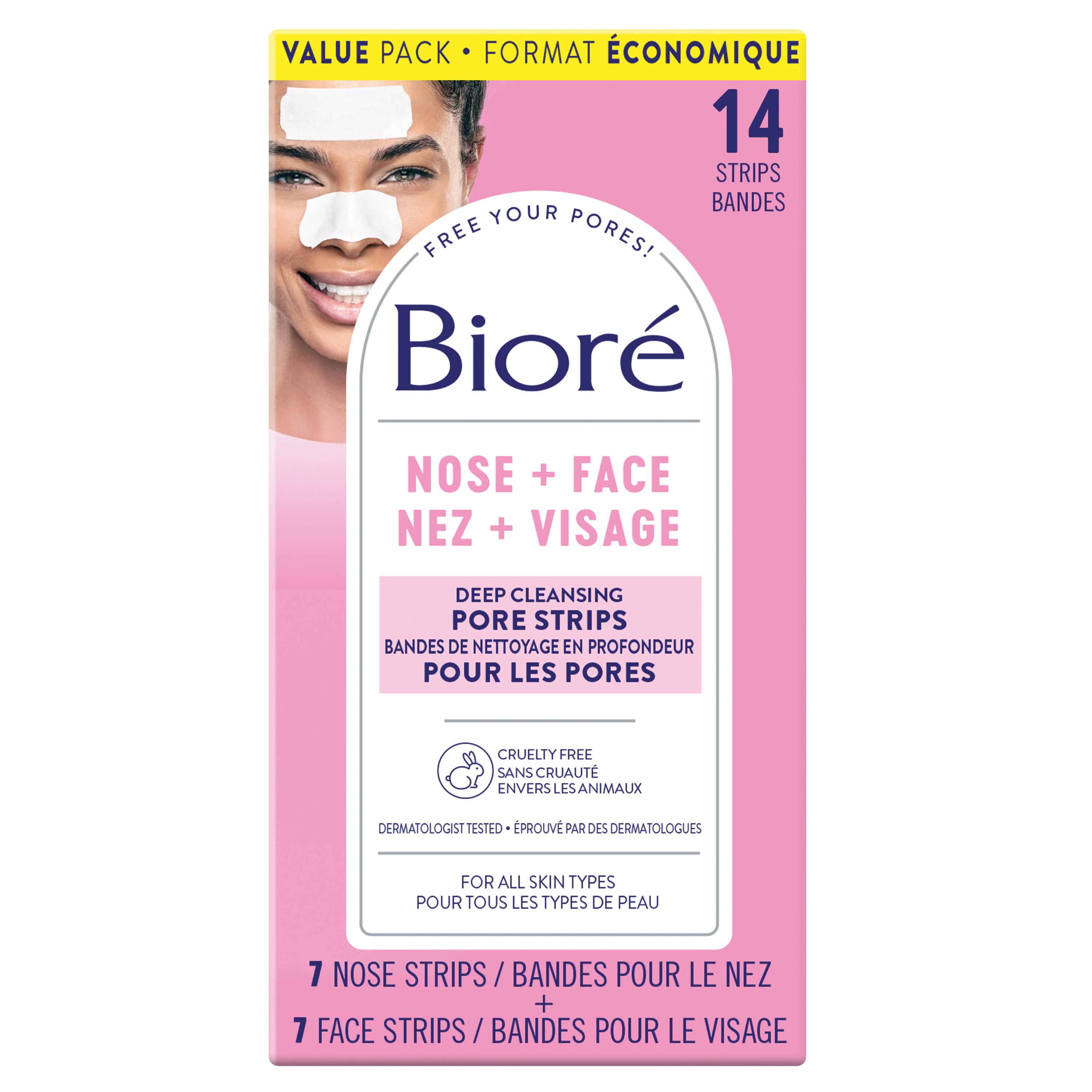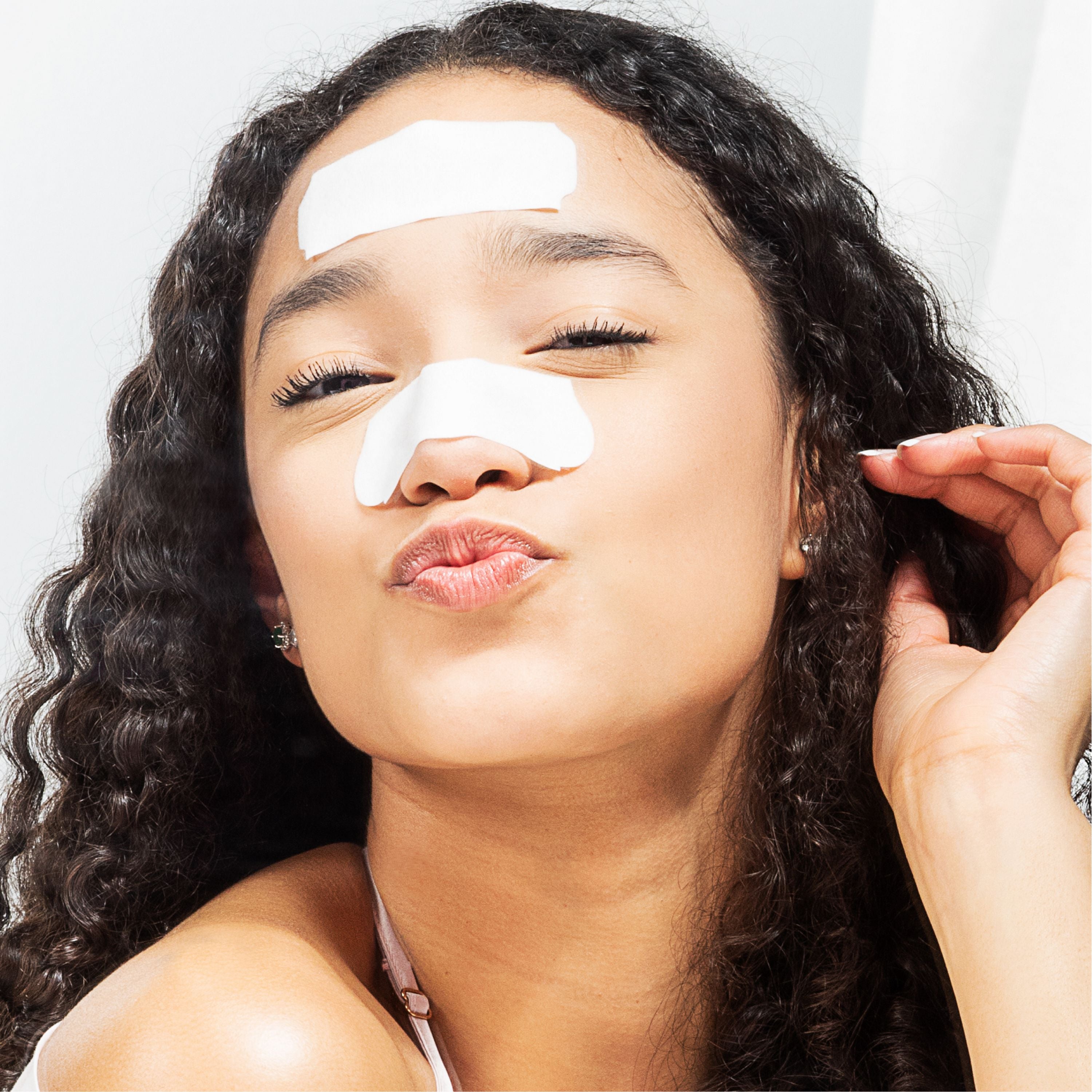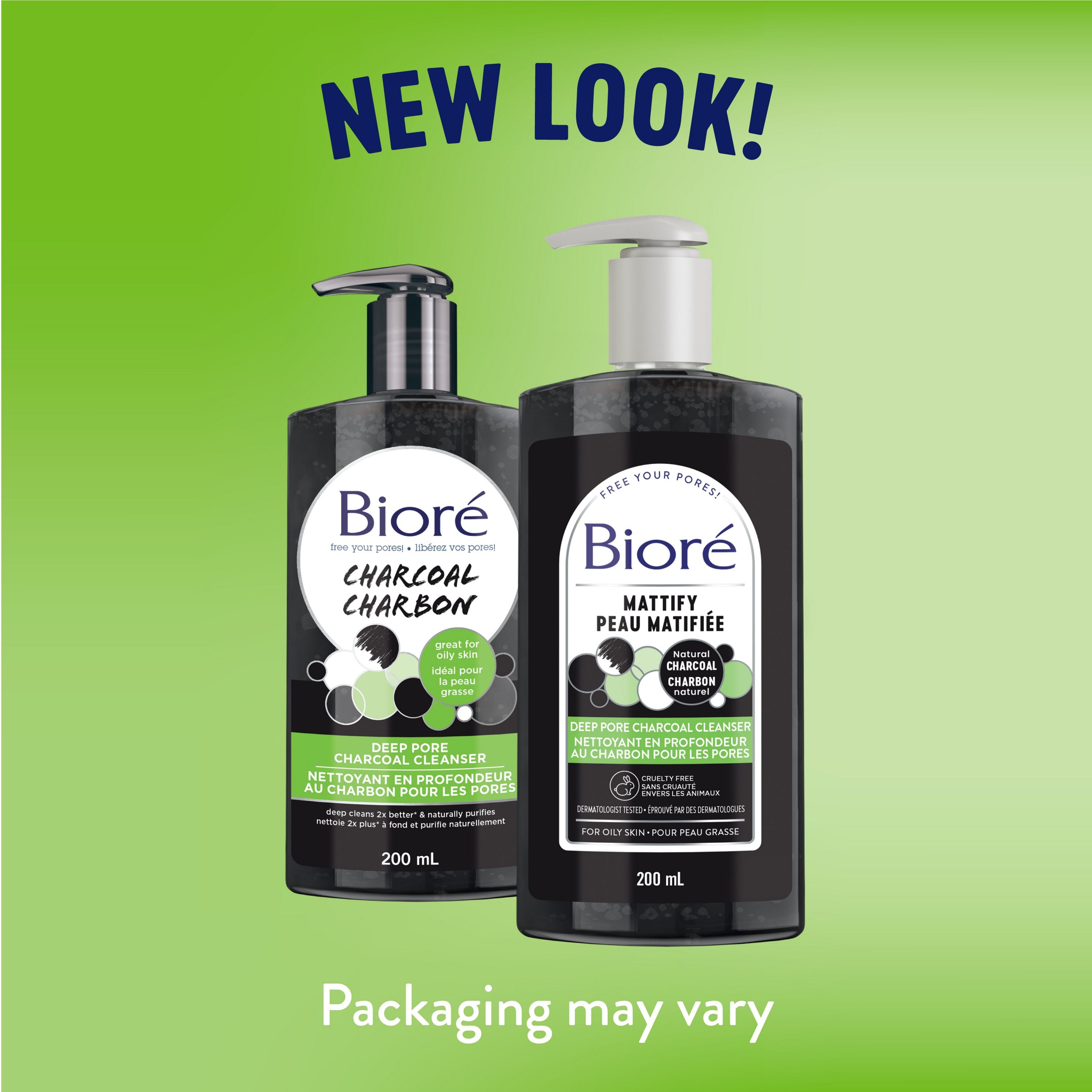Pore Strips 101
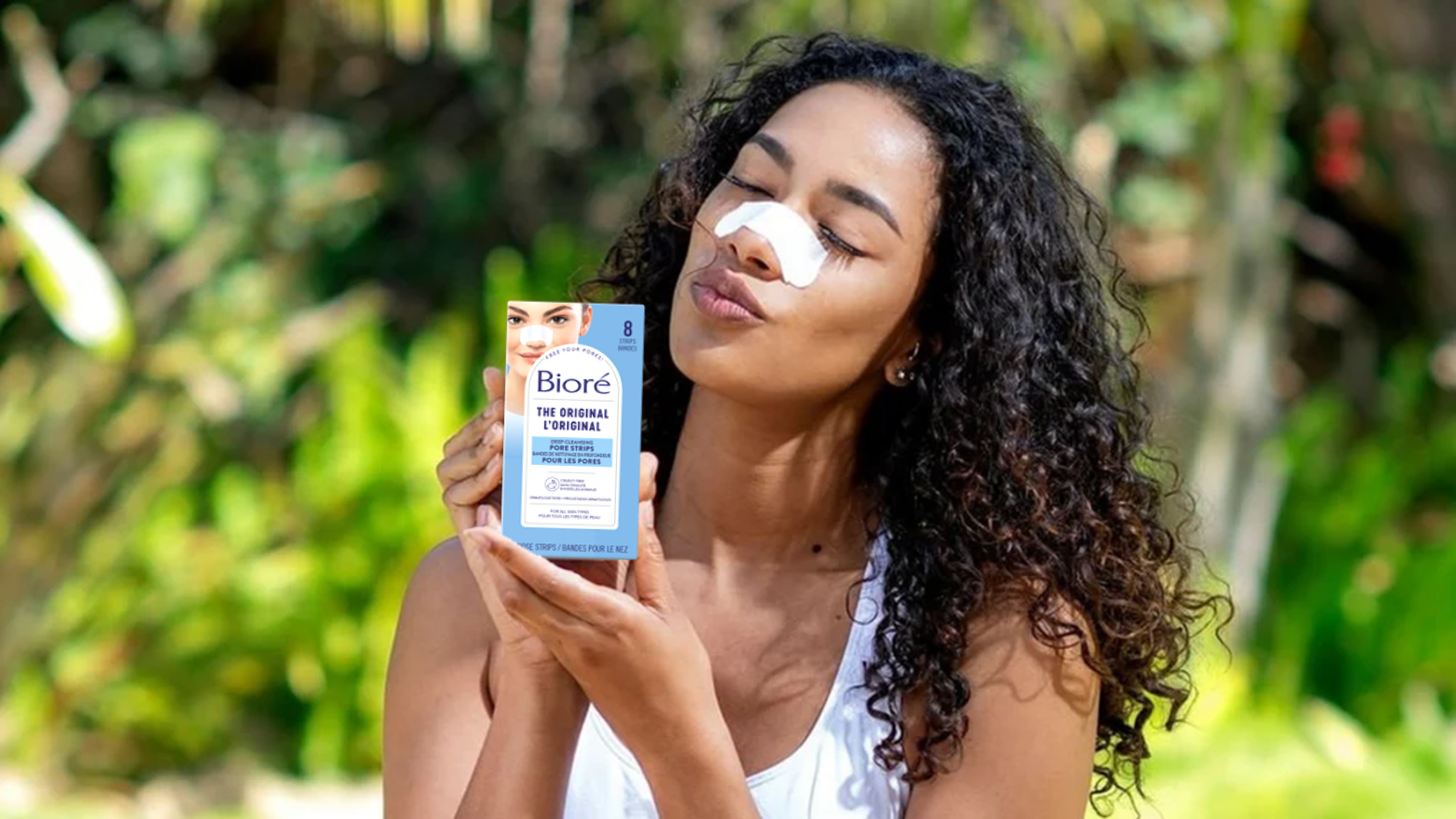
We all know that pore strips are super satisfying to use, but do they actually work? If you’ve ever wondered how pore strips work or if they’re safe for your skin, we spoke with a couple of skincare experts to get the truth.
Do Pore Strips Really Work?
“Yes, a pore strip can remove up to one week of dirt, oil, and pore buildup in minutes,” says dermatologist, Dr. Michelle Henry. Since all acne begins with a clogged pore, any efforts to treat clogged pores in the early stages can really help acne lesions from getting worse.
“Pore strips are great for blackheads and blocked pores as an adjunct to your skincare routine,” says Erica Palmer, head of Bioré Skincare R&D. They work best when they are used right after your skin has been exposed to moisture. Applying pore strips right after a shower or after the skin has been exposed to steam are both perfect times. Moisture helps pores slightly open, loosening the plugs and allowing for easier removal.
“But there are some common misconceptions about what pore strips cannot do. For example, they should not be used to remove whiteheads, which are closed comedones, and they cannot treat actively inflamed or cystic acne. Similarly, skin that is inflamed from burns or other irritant causes, should not be treated using pore strips,” says Palmer.
Instead, opt for hydrocolloid blemish patches to remove whiteheads. Hydrocolloids absorb excess sebum trapped in your pores, removing the built-up bacteria, which then helps reduce inflammation.
How to Use Bioré Pore Strips
It’s important to note that not all pore strips are created equally. Most pore strips are coated with an adhesive material and work by attaching to the pore plug and surrounding skin.
So how do you use pore strips? The basic steps as seen on our products state to wash your face with a generous amount of water. Then, take off the backing of the pore strip, firmly press the strip on your nose bridge, and wait 10-15 minutes before taking it off.
When the nose strip is removed, the top layer of skin can come off with the extracted dirt and oil. “Bioré pore strips work through c-bond technology rather than adhesives, safely removing dirt, oil, and blackheads,” says Dr. Henry. This c-bond technology works like a magnet to connect to pore plugs, lifting out deep-down grime, oil, and blackheads from even the most clogged pores. Either way, seeing all that gunk removed after an application is surprisingly satisfying!
Are Pore Strips Good for Your Skin?
Absolutely! Pore strips are an excellent choice when trying to get rid of blackheads. “Pore strips are perfect for unclogging pores which minimize the appearance of pores and improves skin texture,” says Palmer.
When you keep your pores free of plugs they are less likely to become inflamed or turn into active acne. “Just one use will powerfully remove deep down dirt, debris, and oil,” says dermatologist Dr. Michelle Henry. “After one use, your pores will appear smaller and with regular use, they will reduce in size,” says Dr. Henry.
Like we mentioned before, most pore strips are made with a general adhesion formula which isn’t good for your skin. “Pore strips made with cationic bonds, act as a magnet to safely remove dirt, oil, and blackheads. Therefore, they do not cause damage,” explains Dr. Henry. For the sake of your skin, use nose strips with c-bond technology rather than adhesives and be sure to follow the directions on the box.
Are Pore Strips Bad for You?
Like with any skincare product, pore strips are not for everyone's skin. If you have sensitive skin, consult your dermatologist before using pore strips. “Using pore strips on sunburns is not recommended since this could lead to further irritation, as the skin is fragile in a sunburned state,” says Erica Palmer. If you are using medications like a retinoid, may make your skin susceptible to irritation. Pore strips are one of the best options to unclog your pores, but if you have questions about certain medications you should visit your dermatologist.
Key Takeaways
- Pore strips are a great way to remove dirt and oil from your pores, specifically blackheads.
- However, they should not be used to remove whiteheads and they cannot treat cystic acne.
- Pore strips that are made with cationic bonds rather than a general adhesive formula are safe to use and good for your skin.
- If you are using medications like retinoid, have a sunburn, or have sensitive skin, you will be more susceptible to irritation when using pore strips.
- Use pore strips once a week as part of your greater skincare routine.
